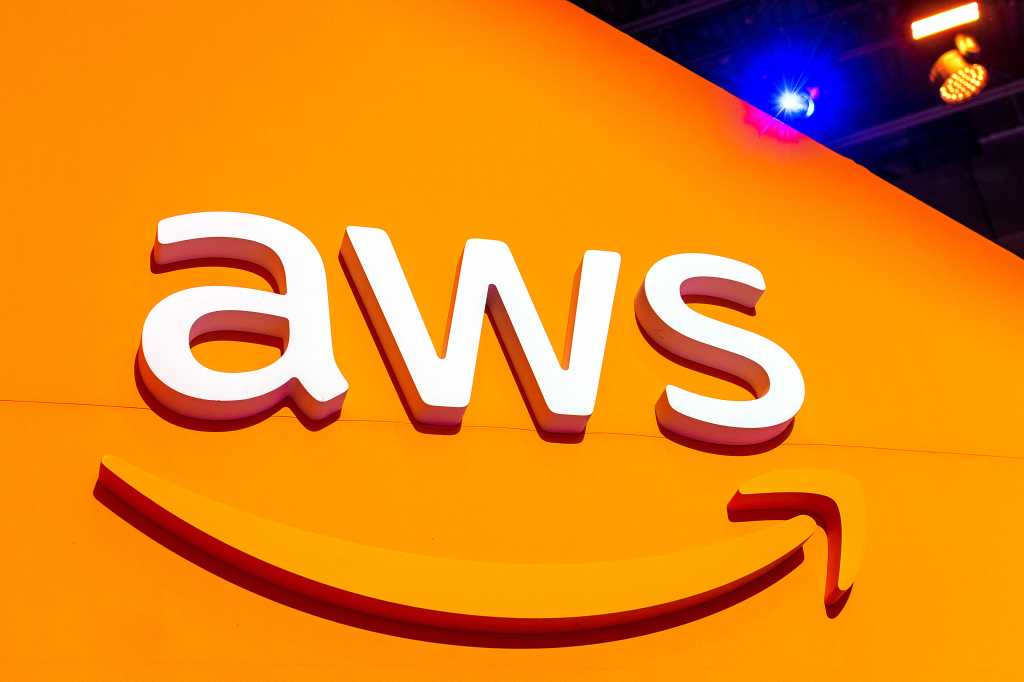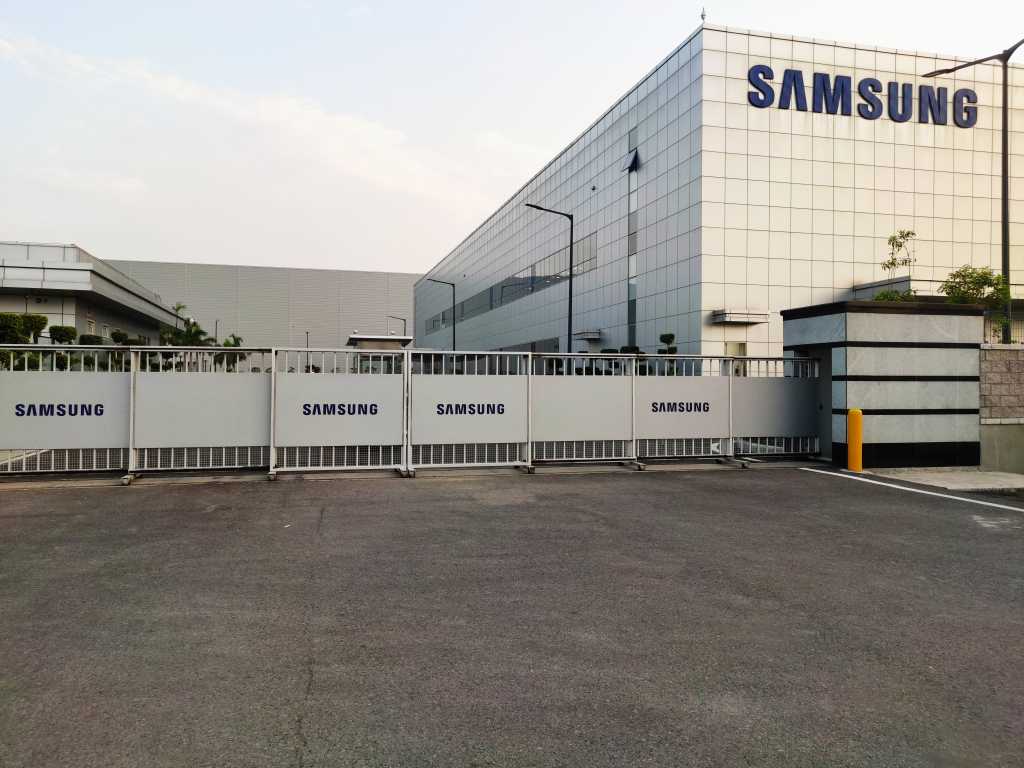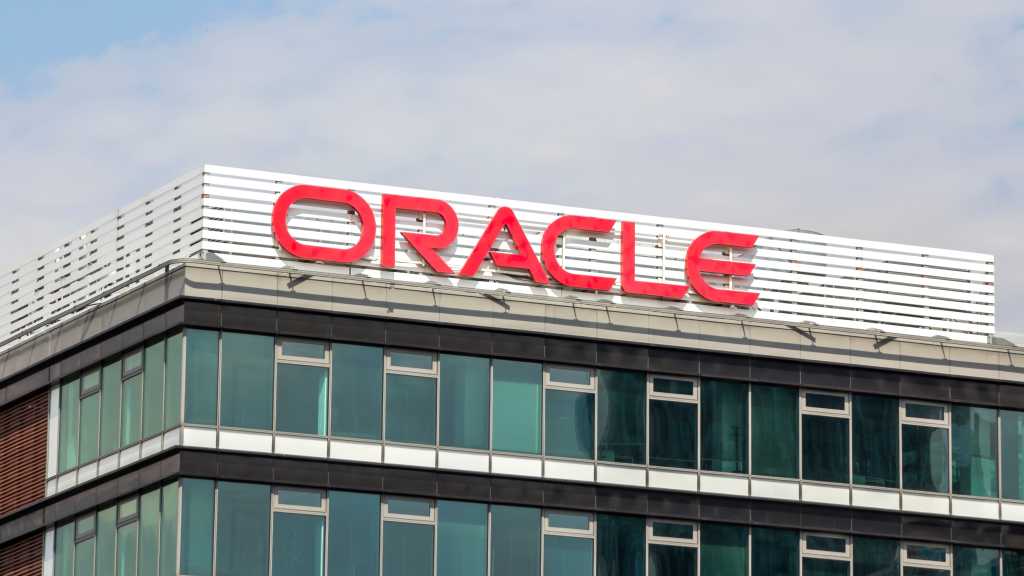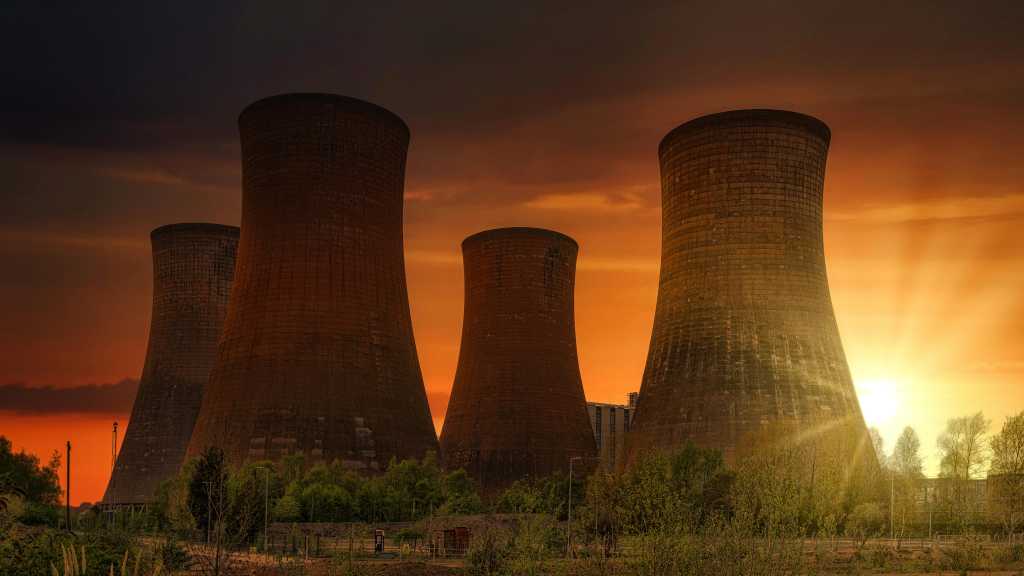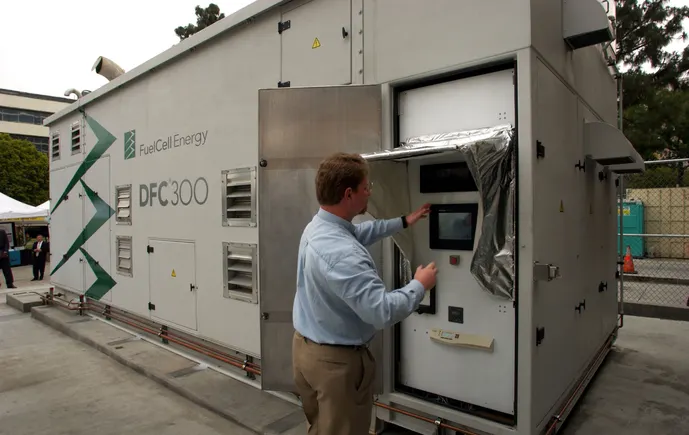
Melanie Davidson is a hydrogen policy and markets expert. Most recently she led clean fuels strategy at San Diego Gas & Electric. She is former board member of the California Hydrogen Business Council and was a founding staff member of the Green Hydrogen Coalition.
Recently, over $2 billion of federal funding for the U.S. Department of Energy California and Pacific Northwest Hydrogen Hubs was terminated. These Hubs were premised on the use of “renewable, electrolytic hydrogen” — meaning hydrogen generated by using renewable electricity to power water-splitting electrolyzers. The resultant hydrogen would have replaced fossil fuels for heavy duty transportation, port operations, and power generation.
The idea of a fully renewable, water-based, hydrogen economy for the West was an exciting one — both in its altruism and the premise, backed by the DOE’s 2021 “Hydrogen Shot.” The idea was for cheap, abundant solar and rapidly declining electrolyzer cost curves to generate hydrogen from water with zero emissions — for $1/kg by 2030, no less.
However, cuts in Hub funding, together with a 2027 sunset date for projects to qualify for the hydrogen production tax credit, are just two more blows to the many pre-existing economic challenges facing a renewable hydrogen future. At least in California, those challenges include rising (not falling) capital costs for electrolyzers and electrical equipment, high interest rates, a scarcity of water rights, and high costs of grid electricity, qualifying renewable energy credits, and land.
The renewable Hubs were anchored on the idea that by leveraging otherwise curtailed solar (terrawatt-hours worth annually), we could generate cheap, abundant, seasonally stored renewable electrolytic hydrogen at distributed locations, then convert the hydrogen back to the grid via fuel cells as needed. It’s an elegant idea, but it doesn’t pencil. The capital costs of those electrolyzers, compressors, liquefiers, hydrogen storage vessels and fuel cells are simply too high when paired with low and unpredictable capacity factors.
On the flip side, electrolytic projects with predictable and high capacity factors must rely on grid electricity. The economics of these projects work in markets where grid electricity costs are low — say $0.04/kWh. But in California, average industrial rates of over $0.22/kWh can lead to electrolytic hydrogen production costs exceeding $20/kg — a non-starter for any reasonable offtaker. The inconvenient truth is that without massive grid cross-subsidies borne by residential and commercial ratepayers, there is no simply no way for California to generate renewable electrolytic hydrogen at the price and scale needed to affordably decarbonize the state’s heavy duty transportation, industrial thermal energy, and power generation.
So what are we to do? The answer is not to abandon hydrogen altogether — clean fuels will be a critical part of a reliable electrified future. The answer is to broaden the type of hydrogen we can live with. I urge all of us in the industry to use this moment as a hydrogen “do-over” for California and beyond.
It is time to put aside the theological zeal for renewable electrolytic hydrogen at all costs, and instead act with logical dispassion to deploy “clean hydrogen.” As defined under the Biden bipartisan infrastructure legislation, clean hydrogen meets a carbon intensity score of ≤4 kgCO2/kgH2. That’s it. The definition is technology and feedstock-neutral, and allows for many pathways to generate low cost, low carbon molecules. Making hydrogen cost-competitive with diesel at scale, even without subsidies, is the only way hydrogen can meaningfully help decarbonize our economy — and we certainly need its help.
One such technology that can meaningfully usher in the clean hydrogen future is methane pyrolysis. Methane pyrolysis is a process that uses high temperatures in the absence of oxygen to break down methane into two components: hydrogen gas, and solid carbon that is permanently sequestered from atmosphere. Both products can be sold, making the investment financially attractive. The solid carbon can replace bitumen and other fossil-based products as a valuable input to industries ranging from rubber making to asphalt. In 2024, Bill Gates filled a pothole with it.
Because natural gas is cheap and abundant and already delivered to customers via existing, built-and-paid-for pipeline infrastructure, methane pyrolysis has the ability, in many cases, to literally meet customers where they are: delivering low-cost, low carbon hydrogen at the point of use. In this way, collocating hydrogen production and use can eliminate the cost and energy required for hydrogen compression, storage, and dedicated pipelines.
It is still relatively early days for methane pyrolysis, but it is showing up on the radar, including in the California Air Resources Board’s recent SB 1075 report. The report gave hydrogen from methane pyrolysis of natural gas a carbon intensity, or CI, score of 1.8 kgCO2/kgH2, and a cost range of $2-$4.50/kgH2 by 2045. My own analysis found that the average levelized cost of hydrogen from pyrolysis today, sans subsidies of any kind, falls between $5-8/kg, well below diesel at $11/kg.
The same CARB report showed some pretty startling data for electrolysis — data that should give all renewable hydrogen fans pause. Grid connected electrolysis has a CI score of over 9 today, falling to 3 by 2045- still more than pyrolysis of natural gas. Additionally, the report found that to meet California’s expected hydrogen demand in 2045 pursuing an electrolytic hydrogen-only approach, it would require a stunning ~200,000 acres of dedicated solar and a whopping 72 billion liters of water annually.
Commercial scale methane pyrolysis is still in early days, but it is starting to take off. Companies such as Modern Hydrogen, Graphitic Energy, Etch, Aurora and others have strong teams, strong investors, and a promising value proposition. Publicly funded investment in this tech would surely accelerate its development. In the meantime, non-California utilities like Northwest Natural, Puget Sound Energy, CPS and Peoples Energy are leading the way with pilots, presumably because their state policies have room for clean hydrogen of all types. California can and should make room as well.
Let’s use this moment of challenge for our existing hydrogen policies and marketplace and turn it into an opportunity for a “do-over.” California policy makers must take swift action, reverse the overly restrictive, “renewable hydrogen” only approach and embrace clean hydrogen of all types. In this way, we can meet the state’s goals of a clean, reliable, and affordable energy future for all.











